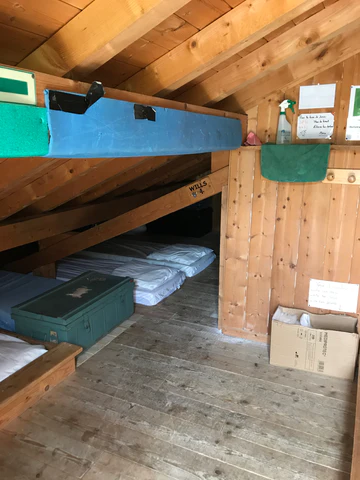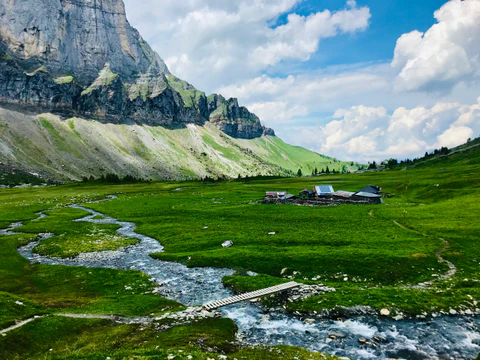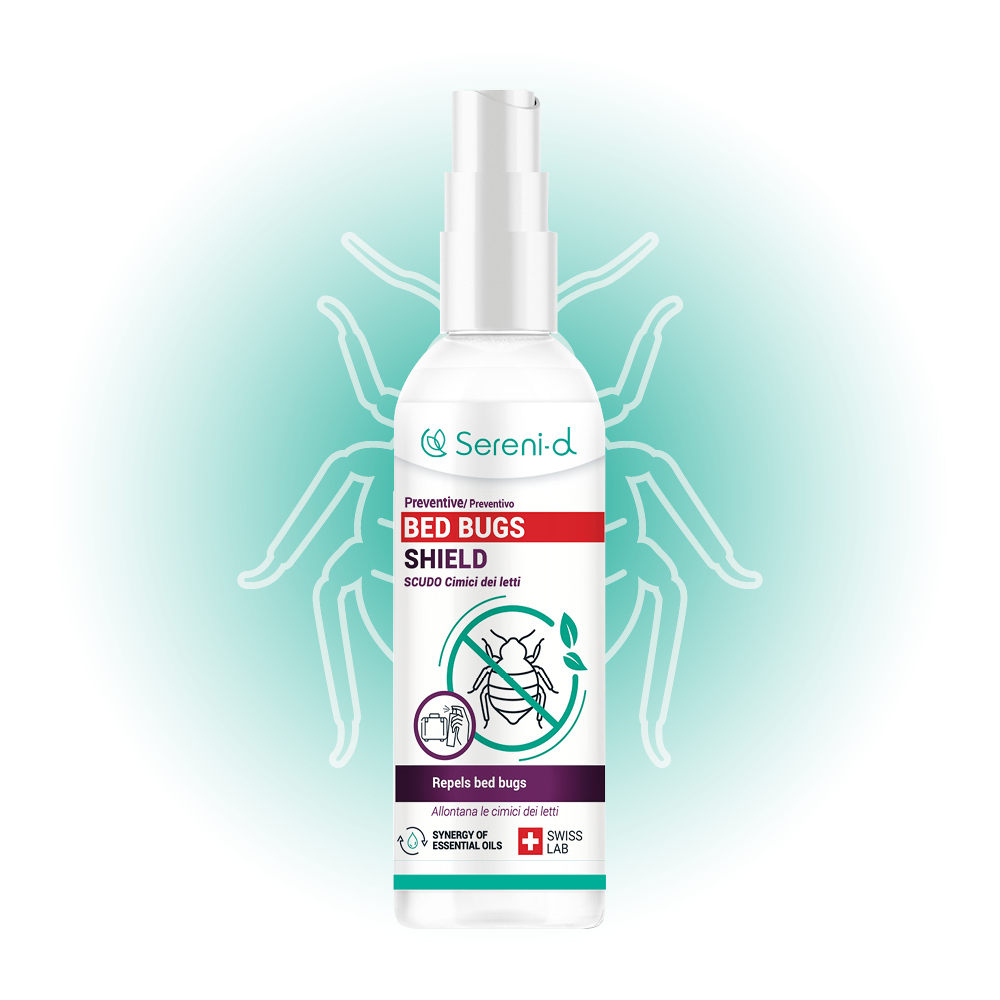Since 2009/2010, bed bugs have been a real scourge in refuges, particularly in refuges on popular long-distance hiking trails such as the GR20 in Corsica, the GR65 on the Camino de Compostela, the GR5 crossing of the Alps and the Tour du Mont-Blanc. Bed bugs are carried from one refuge to another in hikers’ bags and sleeping bags. Some refuges are more assiduous than others when it comes to curative and preventive treatments, others a little less so! And above all, it’s very complicated for a refuge to apply curative treatments where everything is made of old wood with numerous gaps and therefore hiding places, where curative products have to be transported by helicopter, where there isn’t necessarily abundant water and electricity to wash or run a steam machine. Hikers need to be aware of this, to avoid transporting bedbugs in spite of themselves and, above all, not bringing any home with them.
Arrival at the refuge (B&B or gîte)
Some refuges will ask you to leave your bag at the bottom of the refuge and not to bring it up to the dormitories. They may offer you a small crate where you can put just a few things to take with you to sleep. Others will offer nothing, either for lack of space, lack of prevention, or lack of knowledge. So it’s up to you to take the initiative! The first thing is not to put your bag on the beds, leave it high and closed if possible, don’t scatter your belongings, only take out the bare minimum, and leave everything in your compartmentalized bags. It’s also a good idea to put your own bag in a garbage bag before entering the refuge! Leave your shoes outside too, as bed bugs are attracted by human scent.
It will be difficult to detect the presence of bedbugs in your bed unless there is a strong infestation (presence of blood stains on the sheets or mattresses). However, examine your mattress, the structure of the bed, the slats. Spray the mattress sheets with SERENI-D SHIELD spray. If the shelter offers you sheets/blanket, choose this option rather than taking out your sleeping bag.
In the morning, take out your belongings, especially your sleeping bag, examine them and shake them out as much as possible. Leave your belongings in the open air and sunshine for as long as possible before setting off again.
Inspect your body regularly to make sure you haven’t been stung. However, different skin types react differently. Some people will over-react with very swollen spots, while others will have almost no sting marks at all.

Dormitory of a refuge on a Grande Randonnée trail.
Back home
Place your bag in a garbage bag in your car. When you get home, don’t take your hiking bag inside if possible, or take it inside and place it in your bathtub, for example, or on a smooth surface such as tiles, far from any nooks and crannies where bedbugs could hide. Take your clothes and belongings outside or into the bath to examine everything. Wash everything that can be washed at 60 degrees for at least 20 minutes, even anything that hasn’t been worn; the rest should be put in the freezer for 2 to 4 days. You can also steam your belongings with an iron, for example, or blow-dry your backpack, paying particular attention to the seams and inside pockets, or leave everything in a black garbage bag in the sun for a few hours.
By being well-informed and applying these preventive measures, you can set off on your trek with peace of mind. You’ll be spared the inconvenience of bedbugs (bites, and especially psychological damage if you bring some home), and you’ll be helping the refuges in their difficult fight against the bedbug recrudescence! These tips can be applied when you’re traveling in B&Bs, youth hostels or even very nice hotels, as all accommodations are affected. Bed bugs have nothing to do with hygiene; they’re the parasite of the traveler and of the century!

Refuge on the crossing of the Alps.

